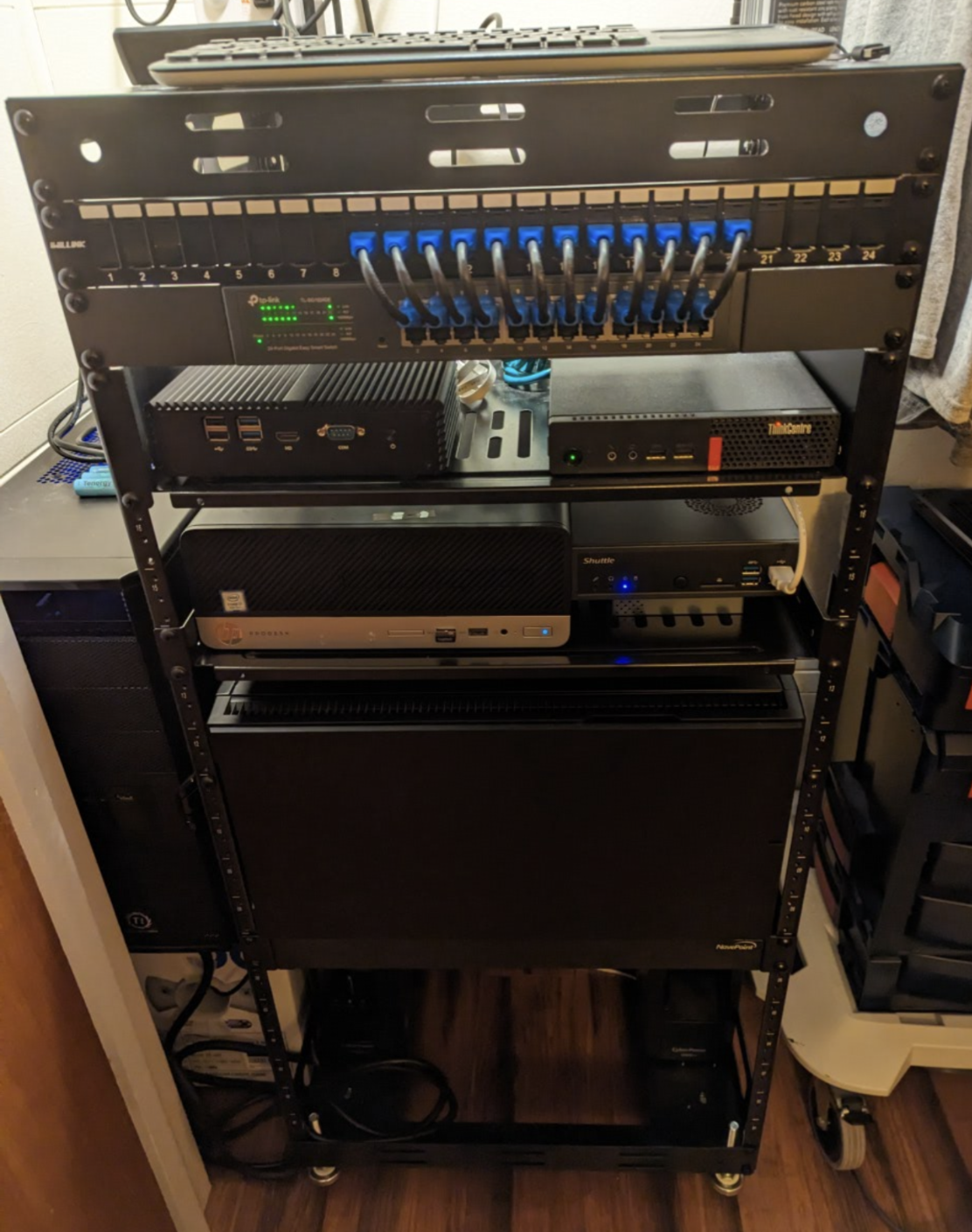And I said, I don’t care if they lay me off either, because I told, I told Bill that if they move my desk one more time, then, then I’m, I’m quitting, I’m going to quit. And, and I told Don too, because they’ve moved my desk four times already this year, and I used to be over by the window, and I could see the squirrels, and they were married, but then, they switched from the Swingline to the Boston stapler, but I kept my Swingline stapler because it didn’t bind up as much, and I kept the staples for the Swingline stapler and it’s not okay because if they take my stapler then I’ll set the building on fire…
TrenchcoatFullOfBats
- 1 Post
- 181 Comments

 4·10 days ago
4·10 days agoApparently one of the people on the Rebble board is working on the project:
Some people are working on this for my new company, Core Devices, including Joshua (also one of the Rebble board members), Gerard (firmware) and crc32 (Cobble). We’ll be joined soon by Steve Penna, my OG Pebble colleague who helped build the Pebble Android app.
Heiko, the brilliant mind behind much of Pebble’s aesthetic and engineering beauty, is helping as technical advisor, along with my first colleague at Pebble, Andrew Witte and another key Pebble design leader, Mark Solomon. Others are helping via the Rebble community Discord.

 8·15 days ago
8·15 days agoOr a Microsoft Answers page where the advice is always and eternally to run sfc /scannow, regardless of what the actual problem is

 2·16 days ago
2·16 days agoTwo of those are Commonwealth countries. Maybe a common defense mechanism could be agreed. Instead of Iron Dome, it could be called King Dome.

 1·2 months ago
1·2 months agoIt is my time to shine! I’ve had 3 3D printers thus far: I started with an Ender 3 Pro that I modified extensively, converting it to direct drive, 3D printed belt tensioners, cable chains, fan ducts, upgraded board with quiet drivers, and a Raspberry Pi running Klipper. All of the modifications led to a decrease in quality over time.
I also had a Qidi for a while, and it was…fine. Not great, but serviceable. Not super repairable or upgradeable, and I had to use their version of the Cura slicer, which they did not do a good job of keeping up to date.
When the Ender 3 Pro started to become unreliable, I switched to the Elegoo Neptune 4 Pro, which is basically the final form of what I was trying to turn the Ender into, plus a bit extra. From the factory, it has direct drive, linear rails, runs klipper, has automatic bed leveling, filament runout detection, etc. It does NOT have wifi, but does have an ethernet port, which I prefer.
Using Fluidd is much better than Octoprint, and I’ve finally switched away from using Cura and am a convert to OrcaSlicer, which is EXCELLENT. It can send prints directly to the printer as well. It’s a great combination that I’m having a lot of fun with.
Full disclosure: I recently discovered that the version of Klipper this printer uses is out of date (2022) and does not fully comply with the klipper license, which I am NOT a fan of, but there is a very well documented way to “upgrade” to a “de-Elegood”, fully operational Klipper.

 6·2 months ago
6·2 months agoPreventing cam-out with a Phillips screw is like learning the ways of the Force. It takes patience and skill, something the Empire’s rigid Torx would never understand.

 6·3 months ago
6·3 months agoDenethor: Boromir would have used a claymore
Fantastic Fourplay

 2·3 months ago
2·3 months agoDisk space is definitely an issue, but I think I’ve got my single user instance dialed in on a 2 vcpu/4gb/30GB RAM Hetzner VPS; a cron job that runs at the first of every month deletes pictrs files over 30 days old. Currently at 74%.
A lot of bean memes died the day that job first ran.

 1·3 months ago
1·3 months agoLet’s hope for more scandals and leaks so we can collectively refer to them as GaetzGates

 16·3 months ago
16·3 months ago…in their cabins, into piles of money

 8·3 months ago
8·3 months agoYeah, the tablet runs Fully Kiosk and I tried the same thing with the battery percentage thing and ran into the same issue, so I just simplified and made the automation time-based.
The tablet also likes to freeze a few times a day, so I also created an automation that toggles the smart plug power whenever HA loses connection to the tablet for more than 5 seconds, then toggles back to the original state at the start of the automation, which corrects the problem. Until the next time. But hey! It was only $60, so it’s fine.

 4·3 months ago
4·3 months agoThat’s a nice setup. I am weirdly jealous of the sliding shelf. The CS350B is very nice as well.

 9·3 months ago
9·3 months agoHeat, then suction?
On a related note, I solved the battery issue with my wall mounted Fire tablet (for an HA dashboard) by connecting the power supply to a smart plug and setting up an automation to only give it the juice for about 3 hours per day, spread throughout the day

 15·3 months ago
15·3 months ago From top to bottom:
From top to bottom:- Patch panel (with artisinal, handmade cables)
- TP-Link managed switch Shelf 1:
- PFSense 4 port firewall
- Lenovo m910q w/Proxmox (cluster node 1) running 2 VMs for docker hosting: Ubuntu for media stuff (arrs, navidrome, jellyfin, calibre, calibre-web, tubesync, syncthing) and Debian for other stuff (paperless-ngx, vikunja, vscodium, redlib, x-pipe webtop, fasten health, linkwarden, alexandrite), 1 Win 10 VM for the very few times I need to use windows, some Red Hat Academy student and instructor RHEL 9 VMs, and an OPNsense VM for testing Shelf 2:
- HP Elitedesk G5 800 SFF w/Proxmox (cluster node 2) with an Nvidia GT 730 passed through to a Debian VM used primarily as a remote desktop via ThinLinc, but also runs a few docker containers (stirling pdf, willow application server, fileflows)
- Shuttle DH110 w/Proxmox (cluster node 3) with 1 VM running Home Assistant OS with an NVME Coral TPU passed through as well as a zooz 800 long range zwave coordinator (the zigbee coordinator is ethernet and in a different room) and two LXCs with grafana and prometheus courtesy of tteck (RIP) Shelf 3:
- WIP Fractal R5 server to replace the ancient Ubuntu file server to the left (outside the rack, sitting on the box of ethernet cable) that is primarily the home of my media drives (3 12 TB Ironwolf drives) and was my first homelab server. The new box will have a Tesla p4 and RX 580 GTX, i7-8700T and 64GB RAM in addition to the drives from the old server. I’ll be converting the Ubuntu drive from the old server into an image and will use it to create a Proxmox VM on the new server, with the same drives passed through. Bottom:
- 2 Cyberpower CP1000 UPS with upgraded LiFePO4 batteries. The one on the left is only for servers and only exists to give the servers time to shut down cleanly when the power goes out. The one on the right is only for network devices (firewall, switch and the Ruckus R500 out of shot mounted higher in the closet)
The joke is also that the burning car was a Tesla, and if Elon could, he’d push a patch to copy/paste his face onto any memories of firefighters found in a Neuralink customer’s brain

 2·3 months ago
2·3 months agoI will definitely add you to the list. And yeah, an older family member living far away who fell is the reason we started this project. We wanted to be able keep an eye on her (and allow other family members to do the same), but there wasn’t anything available that met our requirements, either price or privacy-wise, so we built something and preconfigured it, including a Lubuntu VM with a Mesh Central agent installed that we could use for remote access and troubleshooting for the entire system. This has been super useful, and is the basis of our support model.
If a support package is purchased, we’ll ship the device with a support VM installed that is shut down at all times EXCEPT when a specific (included) USB key is inserted into a specific USB port (the only USB-C port, located on the front of the device). This starts the support VM, at which point we would be able to remote in to check the system and fix any issues. The VM shuts down again when the USB key is removed, or after a set period of time, like an hour. This will allow us to ship the device and/or cameras to an older or non-tech savvy person and WE can provide them with support so YOU don’t have to.

 2·3 months ago
2·3 months agoWill do! And thanks, that means a lot!

 1·3 months ago
1·3 months agoDone! Thanks for the interest!

Later that day